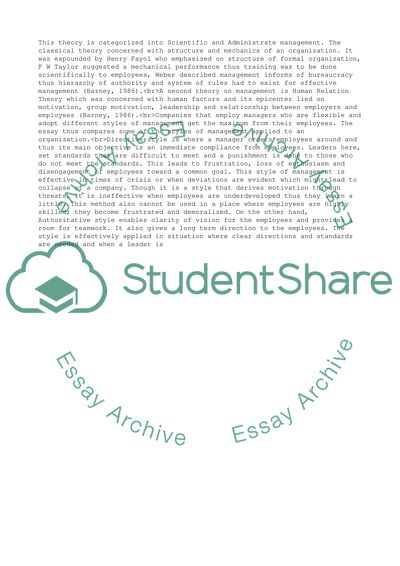Cite this document
(Developing manager Assignment Example | Topics and Well Written Essays - 3000 words, n.d.)
Developing manager Assignment Example | Topics and Well Written Essays - 3000 words. https://studentshare.org/management/1820487-developing-manager
Developing manager Assignment Example | Topics and Well Written Essays - 3000 words. https://studentshare.org/management/1820487-developing-manager
(Developing Manager Assignment Example | Topics and Well Written Essays - 3000 Words)
Developing Manager Assignment Example | Topics and Well Written Essays - 3000 Words. https://studentshare.org/management/1820487-developing-manager.
Developing Manager Assignment Example | Topics and Well Written Essays - 3000 Words. https://studentshare.org/management/1820487-developing-manager.
“Developing Manager Assignment Example | Topics and Well Written Essays - 3000 Words”. https://studentshare.org/management/1820487-developing-manager.


